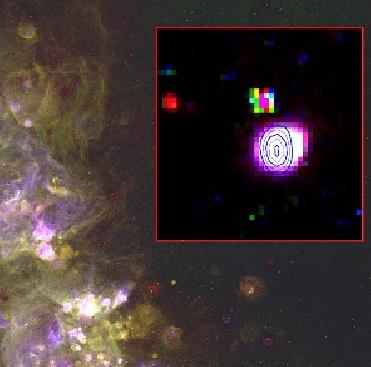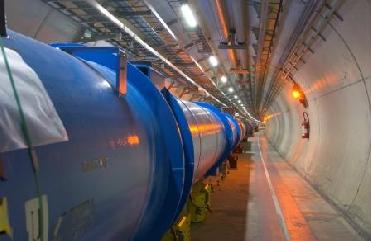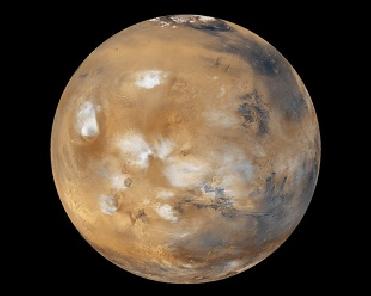
The super planetory nebulae. -- Image credit:Royal Astronomical Society
LONDON (BNS): A new class of object named super planetary nebulae, discovered by a team of Australian and American astronomers, is expected to shed light on the �missing mass problem�, the researchers have said.
Led by Associate Professor Miroslav Filipović from the University of Western Sydney, the team surveyed the Magellanic Clouds � the two companion galaxies to the Milky Way � with radio telescopes of the Commonwealth Scientific and Industrial Research Organisation (CSIRO) Australia Telescope National Facility. They noticed that 15 radio objects in the Clouds match with well known planetary nebulae observed by optical telescopes.
The new findings have been reported in the monthly journal of the Royal Astronomical Society.
The new class of objects are unusually strong radio sources. Whereas the existing population of planetary nebulae is found around small stars similar the size of our Sun, the new population may be the long predicted class of similar shells around heavier stars.
Planetary nebulae are shells of gas and dust expelled by stars near the end of their lives and are typically seen around stars comparable or smaller in size than the Sun.
Filipović�s team argues that the detections of these new objects may help solve the so called �missing mass problem� � the absence of planetary nebulae around central stars that were originally one to eight times the mass of the Sun. Up to now most known planetary nebulae have central stars and surrounding nebulae with respectively only about 0.6 and 0.3 times the mass of the Sun but none have been detected around more massive stars.
The new super planetary nebulae are associated with larger original stars (progenitors), up to eight times the mass of the Sun. And the nebular material around each star may have as much as 2.6 times the mass of the Sun.
�This came as a shock to us as no one expected to detect these object at radio wavelengths and with the present generation of radio telescopes. We have been holding up our findings for some 3 years until we were 100% sure that they are indeed Planetary Nebulae,� said Filipović.
Some of the 15 newly discovered planetary nebulae in the Magellanic Clouds are three times more luminous then any of their Milky Way cousins. But to see them in greater detail, astronomers will need the power of a new radio telescope � the Square Kilometre Array � planned to be set up in the deserts of Western Australia, the journal said.
 Previous Article
Previous Article Next Article
Next Article












The Indian Air Force, in its flight trials evaluation report submitted before the Defence Ministry l..
view articleAn insight into the Medium Multi-Role Combat Aircraft competition...
view articleSky enthusiasts can now spot the International Space Station (ISS) commanded by Indian-American astr..
view article